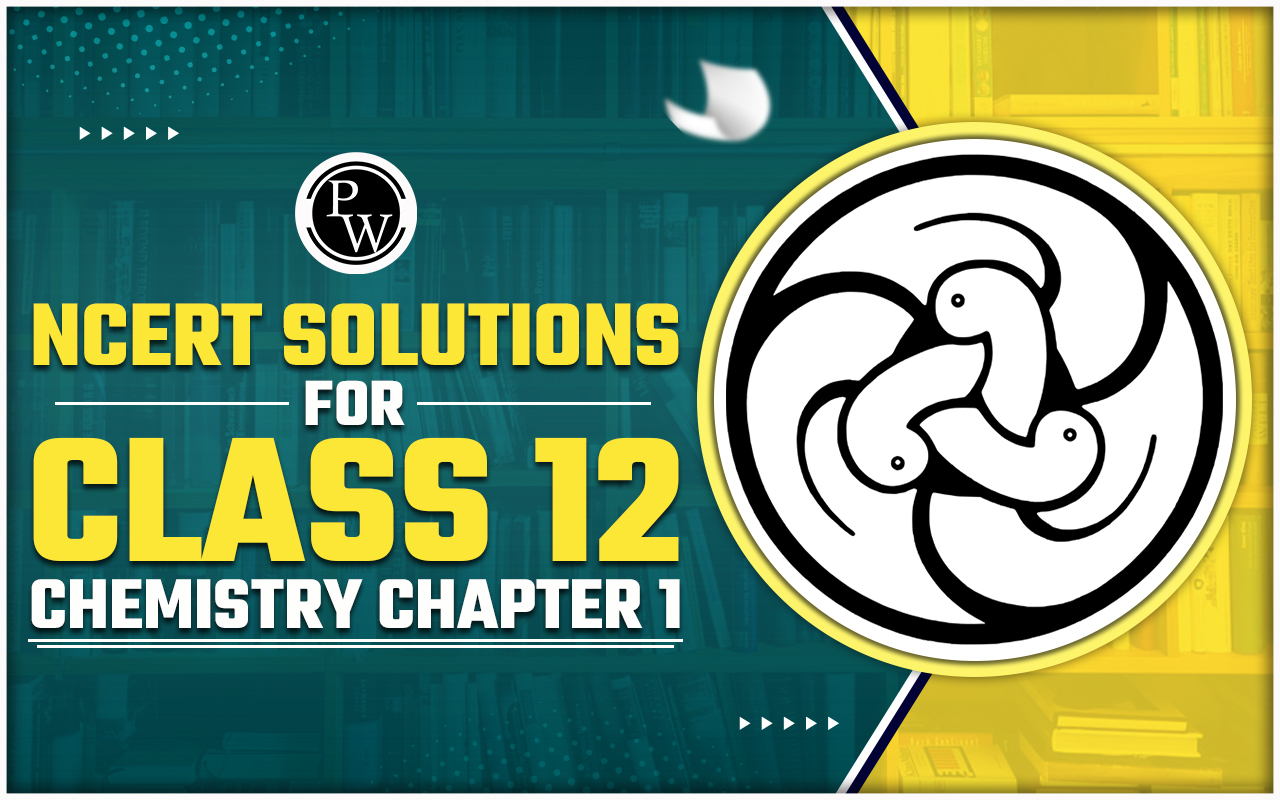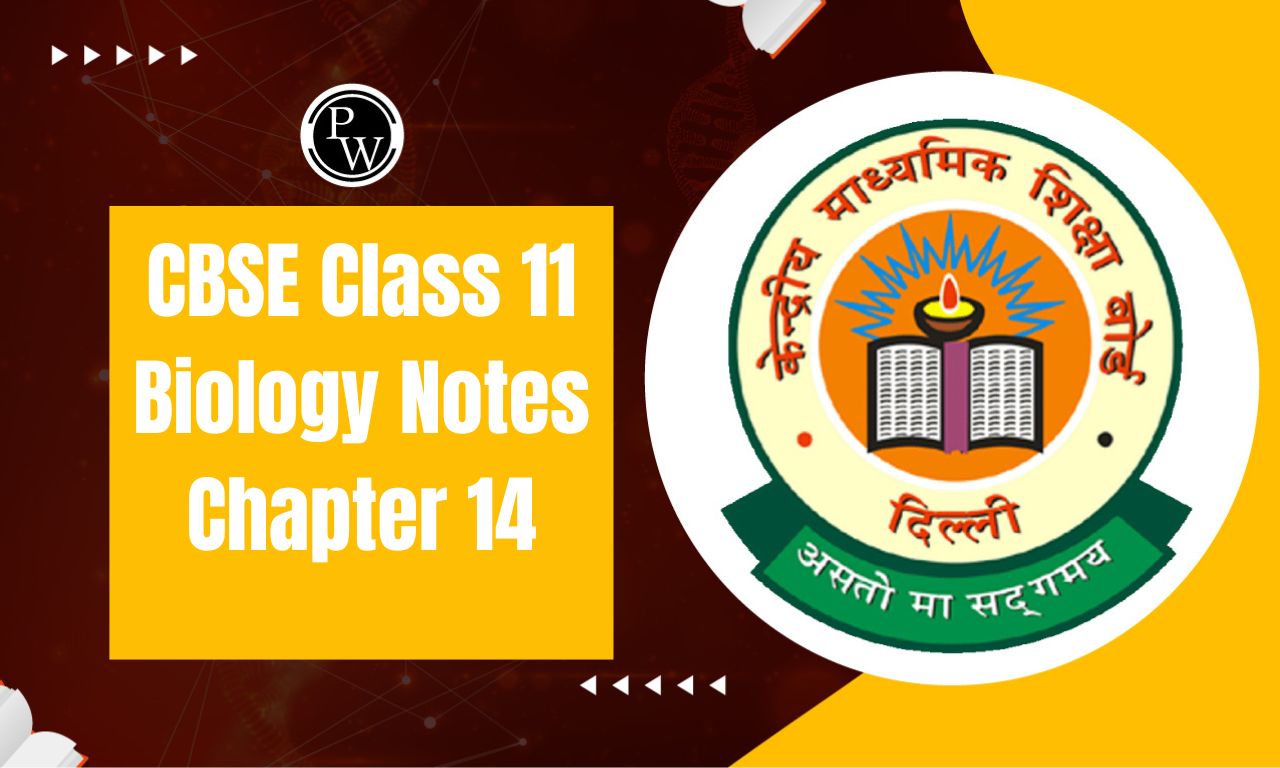
CBSE Class 11 Biology Notes Chapter 6: These notes are really helpful for Class 11 students studying biology. They're all about the anatomy of flowering plants, explaining how different parts of plants work.
Class 11 students must obtain well-structured Biology Class 11 Notes from experienced teachers. They are written in a way that's easy to understand and cover everything you need to know for your exams. In this article, we will discuss Anatomy of Flowering Plants in detail. CBSE Class 11 Biology Notes Chapter 6 Anatomy of Flowering Plants PDF CBSE Class 11 Biology Notes Chapter 6 can be used to help with this subject’s preparation for the CBSE Board exams. It is simpler for a student to receive better grades if they understand these subjects more. You can find the PDF link for CBSE Class 11 Biology Notes Chapter 6, "Anatomy of Flowering Plants," below.CBSE Class 11 Biology Notes Chapter 6 Anatomy of Flowering Plants PDF
CBSE Class 11 Biology Notes Chapter 6 Anatomy of Flowering Plants
The Tissue System
Plants are made up of cells, which are grouped into tissues that perform specific functions. These tissues are further organized into organs with specialized roles. Each organ within a plant has its own unique internal structure. Tissues are categorized based on where they are located in the plant body. There are two main types of plant tissues:Meristematic Tissue:
- Apical Meristem: Located at the tips of roots and shoots, this tissue produces primary tissues like dermal, vascular, and ground tissues.
- Intercalary Meristem: Found in grasses, it is situated between mature tissues.
- Lateral Meristem: Responsible for generating secondary tissues like cambium.
Permanent Tissue:
- Simple Tissue: Comprises a single cell type with a consistent structure and function.
- Complex Tissue: Made up of multiple cell types that work together in coordination.
- The Epidermal tissue system
- The ground or fundamental tissue system
- The vascular or conducting tissue system.
Epidermal Tissue System
CBSE Class 11 Biology Notes Chapter 6 FAQs
What topics are covered in CBSE Class 11 Biology Notes Chapter 6 on Anatomy of Flowering Plants?
These notes cover topics such as tissue systems, types of tissues, anatomical features of roots, stems, and leaves, vascular tissue systems, and secondary growth.
Is anatomy of flowering plants important for NEET 2024?
Yes it is very important topic for NEET 2024.
Why study plant anatomy?
Studying plant anatomy is important for understanding the internal structure of plants, including tissues, cells, and organs. This knowledge aids in improving agricultural practices, assessing environmental impact, and advancing medicinal research.
🔥 Trending Blogs
Talk to a counsellorHave doubts? Our support team will be happy to assist you!

Check out these Related Articles
Free Learning Resources
PW Books
Notes (Class 10-12)
PW Study Materials
Notes (Class 6-9)
Ncert Solutions
Govt Exams
Class 6th to 12th Online Courses
Govt Job Exams Courses
UPSC Coaching
Defence Exam Coaching
Gate Exam Coaching
Other Exams
Know about Physics Wallah
Physics Wallah is an Indian edtech platform that provides accessible & comprehensive learning experiences to students from Class 6th to postgraduate level. We also provide extensive NCERT solutions, sample paper, NEET, JEE Mains, BITSAT previous year papers & more such resources to students. Physics Wallah also caters to over 3.5 million registered students and over 78 lakh+ Youtube subscribers with 4.8 rating on its app.
We Stand Out because
We provide students with intensive courses with India’s qualified & experienced faculties & mentors. PW strives to make the learning experience comprehensive and accessible for students of all sections of society. We believe in empowering every single student who couldn't dream of a good career in engineering and medical field earlier.
Our Key Focus Areas
Physics Wallah's main focus is to make the learning experience as economical as possible for all students. With our affordable courses like Lakshya, Udaan and Arjuna and many others, we have been able to provide a platform for lakhs of aspirants. From providing Chemistry, Maths, Physics formula to giving e-books of eminent authors like RD Sharma, RS Aggarwal and Lakhmir Singh, PW focuses on every single student's need for preparation.
What Makes Us Different
Physics Wallah strives to develop a comprehensive pedagogical structure for students, where they get a state-of-the-art learning experience with study material and resources. Apart from catering students preparing for JEE Mains and NEET, PW also provides study material for each state board like Uttar Pradesh, Bihar, and others
Copyright © 2025 Physicswallah Limited All rights reserved.
Get App









